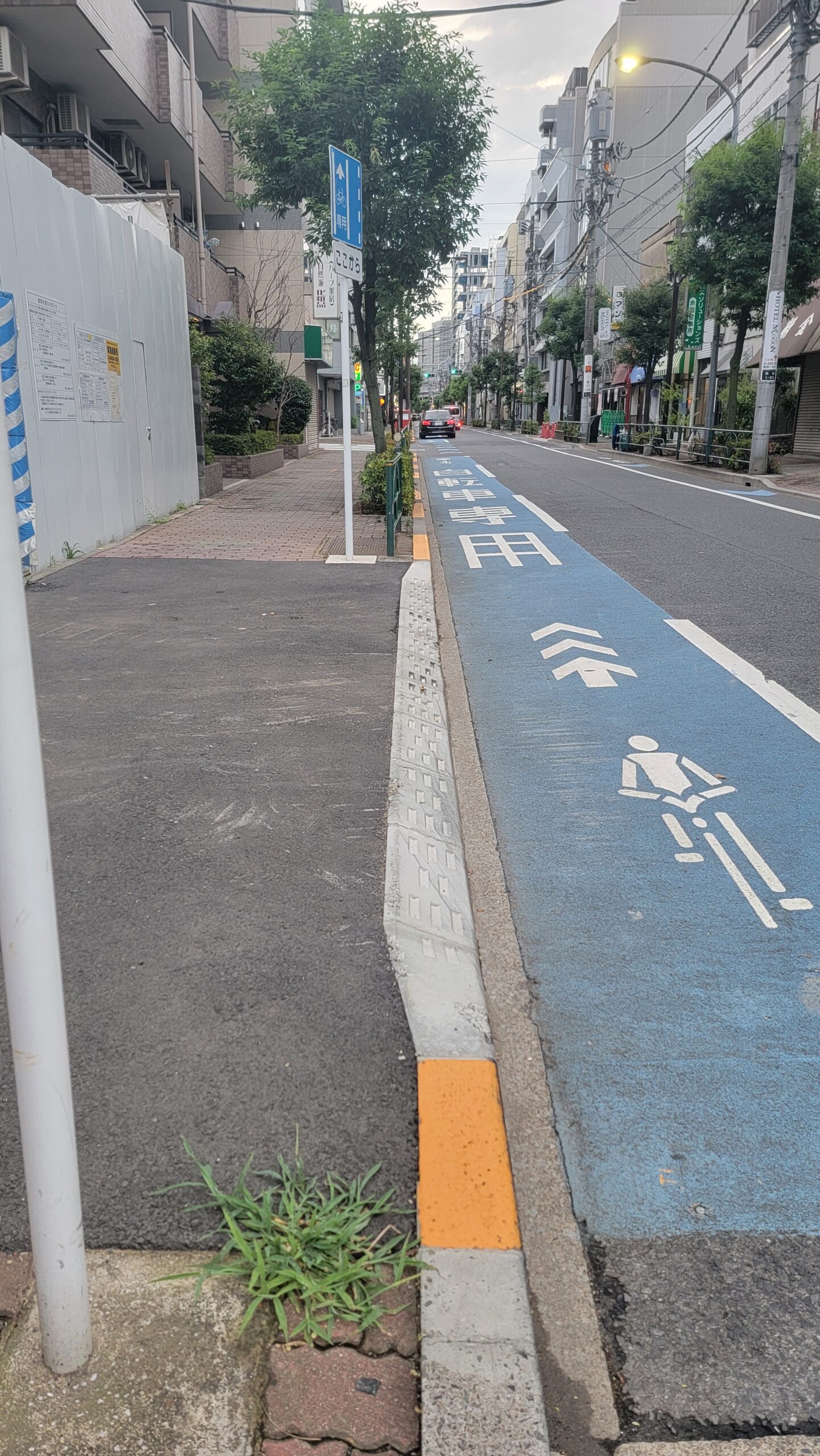
Let’s go for a walk!
The other day when I was in class, my professor asked me what one of the differences in Japan that troubled me are(アメリカに比べて日本の一番困ったことは何に?). At first, I struggled to think of something. But as I thought about it, one thing that nearly everyone in the classroom agreed with came to mind: the differences as a pedestrian. In class, two specific things came up regarding that, how you walk and bicycles.
So for the first one, walking around, in general, is different here from the US. In the US, like you do when you drive, you take the right side when you walk. In Japan, also like you do when you drive, you take the left side. When I first got here, it was a little hard to get used to. My habit of walking on the right was so engraved into my head that I would constantly forget to go to the left side. As a result, I would occasionally get in the way of some of the pedestrians. I’d like to say that I’m used to it now, but, unfortunately, it’s not that simple.
You see, it’s actually not the same everywhere. I’m not entirely sure why, but there are many instances where you are expected to walk on the right. For instance, my university expects us to walk on the right instead of the left. According to a local I spoke to, the reason for this inconsistency is because it used to be that the right side was the side you were expected to walk but then it changed. Due to that, the change isn’t implemented across the board.
The other thing that has given me quite some trouble is how bicyclists behave here compared to back home. Back at home, whenever a bicyclist is out of your line of sight, they will do something to signal you. They will either say something like “on your left” or ring the bell. To cars or other bikes, they will use hand signals. I have yet to witness that here. The bicyclists do not say anything, and that is terrifying. So many times, I have been walking, minding my own business, when suddenly a bike will zoom past me without me knowing they’re coming. If I’m lucky, I’ll hear the sound of the chain and gears turning. But I’ll hear nothing from the person riding the bike. If they are in front of me and coming my way, they won’t signal to me which way they are going. So we each have to look at each other’s expressions and gestures in order to guess, hopefully correctly, which way the other is going. One time, a bicyclist was behind me. At the same time, a person was in front of me and I had to move to the left to not bump into them. The thing is, the bicyclist also moved to the left without saying anything and hit my shoulder. That was literally the most painful experience I’ve had regarding this challenge.
These are the things you have to look out for as a pedestrian here in Tokyo. Hopefully, that helps prepare you somewhat!

